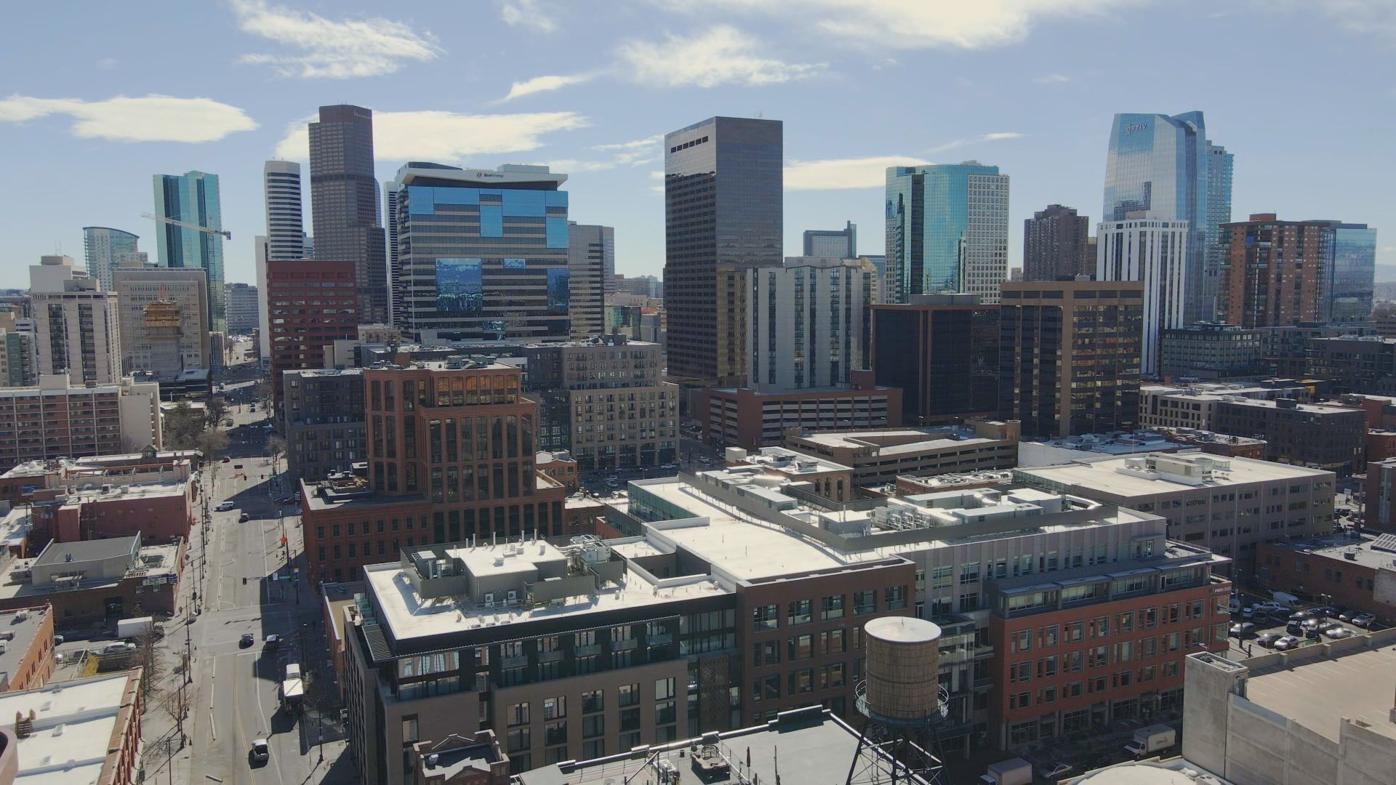Just average? New economic study marks a drop from previous high marks for Denver area
A recent report tracking the metro Denver area’s economic performance over recent months is warning that the standout grades the area had been posting for almost a decade are now showing signs of slumping.
Consumer spending, population increase and job growth — metrics that had given a positive spin to the metro area as it waded through the covid pandemic — are no longer as bright.
That’s according to “Denver Metro Area in Perspective: Jobs, Retail Sales, Population Growth,” a study released by the Common Sense Institute, which describes itself as a “non-partisan research organization dedicated to the protection and promotion of Colorado’s economy.”
“We used to be an A student, and now were a C-plus student,” Kelly Caufield, CSI’s executive director, told The Denver Gazette regarding the report.
Particularly alarming, she said, is the sharp drop in retail sales.
“When you compare sales from last year through the first quarter of 2025, the Denver area had the third lowest retail growth of 387 metropolitan areas,” she said.
During the latter half of the 2010s, the Denver area had emerged as a high-growth economy, with a booming jobs market, major population growth and strong consumer spending.
“In 2025, that is no longer the case,” the report said.
“The Denver MSA has passed from a destination metro to an average city,” it continued.
The comparison is even more pronounced with respect to 12 “competitor cities” of similar size and cultural climate, including Austin, Miami, Nashville, Phoenix, Salt Lake, Seattle, Tampa, and Raleigh and Charlotte, N.C.
Retail sales drop
The CSI study shows that Denver’s share of national consumer spending experienced a decline after rising for two decades.
The report indicates metro retail sales as having fallen during the first quarter by $228 million, down 1.2%. Average sales growth across the nation over the same span was a positive 0.4%, with 2.9% being the highest.
Metro Denver’s drop was the largest drop posted among any of the 12 competing metro areas, according to the study. Salt Lake City, it said, was the only other comparable city to register a drop in sales and Utah’s capital recorded a more moderate $33 million.
Back during the height of the pandemic, the Denver area represented 1.05% of national sales; that had dropped to 1.01% in March, the study said.
Meanwhile, other negatives in the report included a tapering off of the jobs market, now representing 1.16% of total jobs in U.S. metropolitan areas, as opposed to 1.18% that Denver posted in fall 2023.
Job losses
That small difference, the report said, is tantamount to losing some 27,000 jobs — equivalent to a having five major employers, including the University of Denver, Lockheed Martin, the U.S. Department of Agriculture, Southwest Airlines and United Airlines all pull up stakes at the same time.
“Denver MSA’s share of national jobs is no longer growing, and its employment is not growing as fast as some competing cities,” the report said.
That share of U.S. metropolitan jobs posted by the metro area remained close to where it was during the pandemic, the study says, with employers and their employees relocating into the area.
Meanwhile, more recent state job data shows that metro Denver is still growing.
Metro Denver had the second-highest job growth rate in the state over the past 12 months, according to the Colorado Department of Labor and Employment.
The agency’s data compared seven metropolitan statistical areas, which showed that Grand Junction MSA had the highest growth rate at 0.7%, while the Denver MSA posted 0.2%.
U.S. Bureau of Labor Statistics shows the Denver-Aurora-Centennial area employment as of June at 1.796 million, up from 1.781 million in January, with the unemployment rate dropping over the six months from 4.9% to 4.4%.
The federal labor agency, the state employment department and CSI sifted through employment data using different timeframes.
Growth now below similar cities
Caufield added that the report redoubled a worry highlighted by another CSI study on migration: Over the course of the decade from 2015, Metro Denver had shown a 70% drop in arriving population.
More people were still coming in than leaving, but Denver was the only area among a similar group of metropolitan areas to show a drop in the rate of increase.
Population growth in Denver had run far ahead of the nation from as early as 2004, the report said, with the increase over the 20-year span totaling 33% compared to 18% on average nationally.
That in-migration, the report said, would typically boost economic growth even in the absence of other contributors. But Denver’s population growth is now similar to that of the national average, in contrast to the trend a decade ago.
“Instead of leading comparable metro areas in population growth, it has fallen behind metro areas like Austin MSA, Phoenix MSA, Portland MSA, Salt Lake City MSA, and Seattle MSA,” the report said.
The CSI report focused on the “what” as opposed to the “why” of the weakening position.
Caufield offered a few thoughts as to what could be tipping the numbers into a downward curve.
Local inflation, she said, is a key reason for the Denver MSA’s weakening performance relative to other urban areas.
Prices in the Denver MSA, the report said, grew faster here than in most metro areas, although the rise in cost of living has been about average in comparison to the 12 metro areas referenced.
Denver Mayor Mike Johnston’s office declined comment on the study, as did the Metro Denver Chamber of Commerce.
The full report is at CommonSenseInstituteCO.org.




